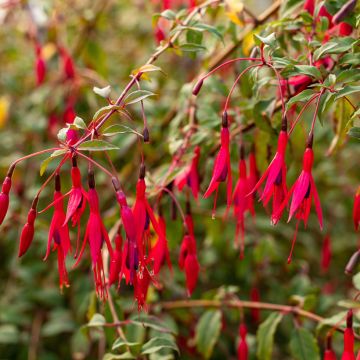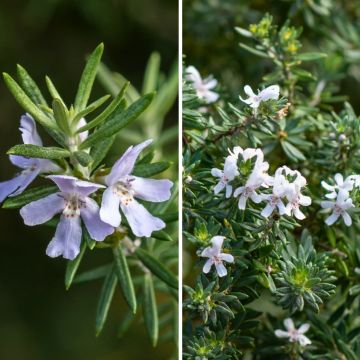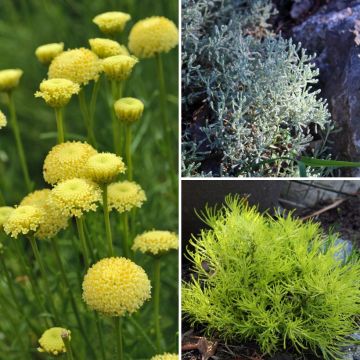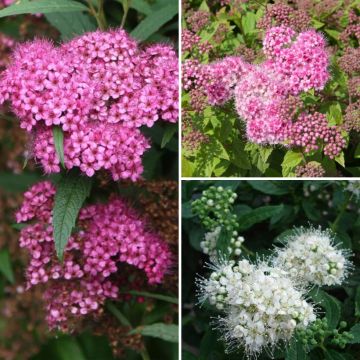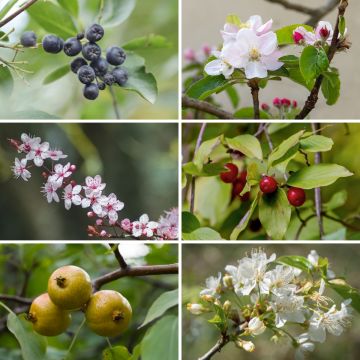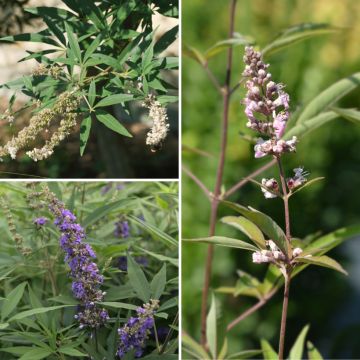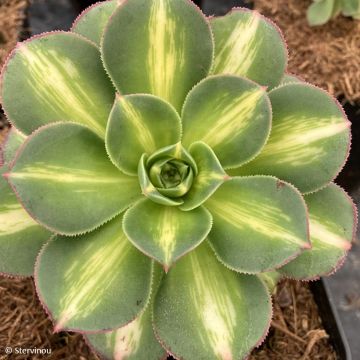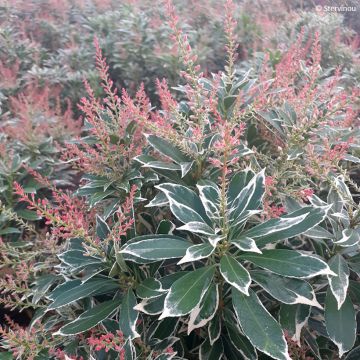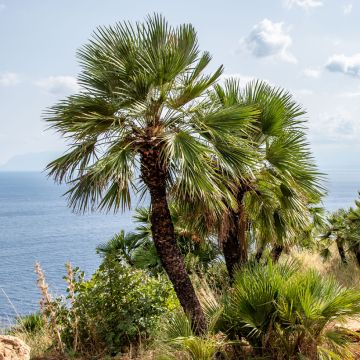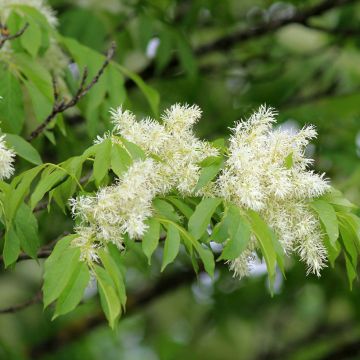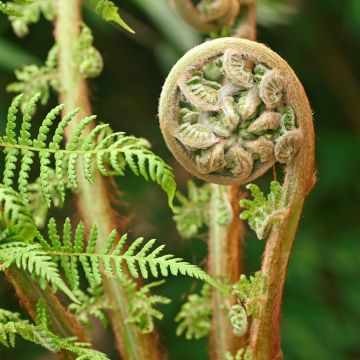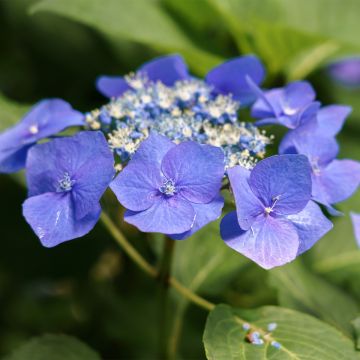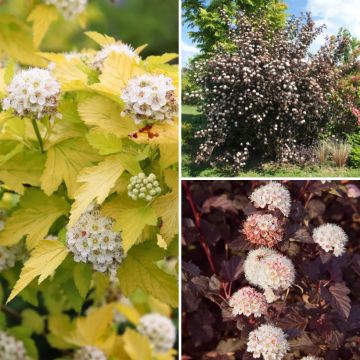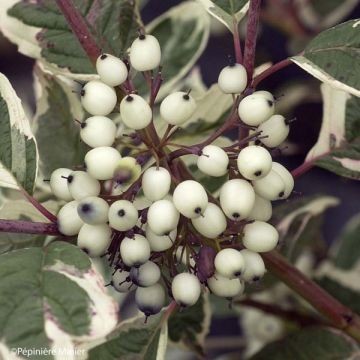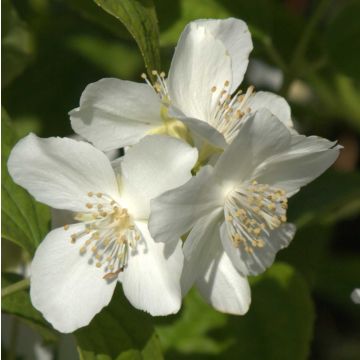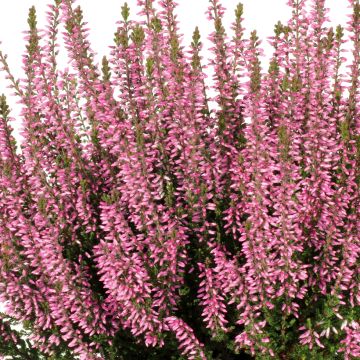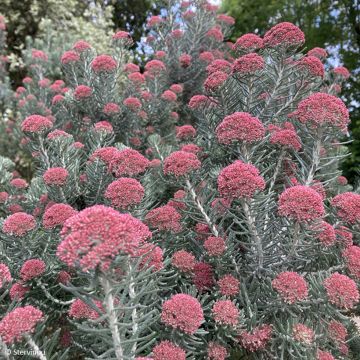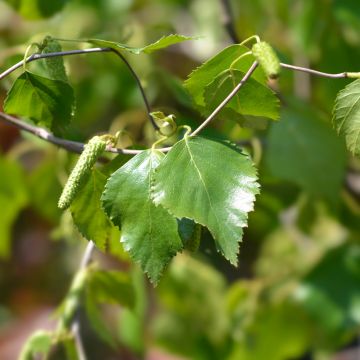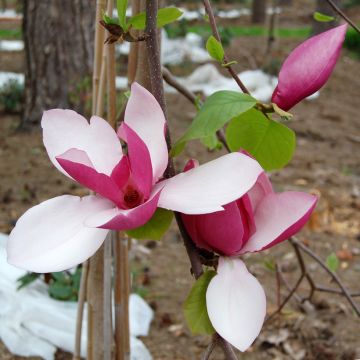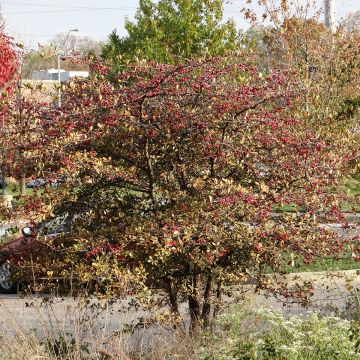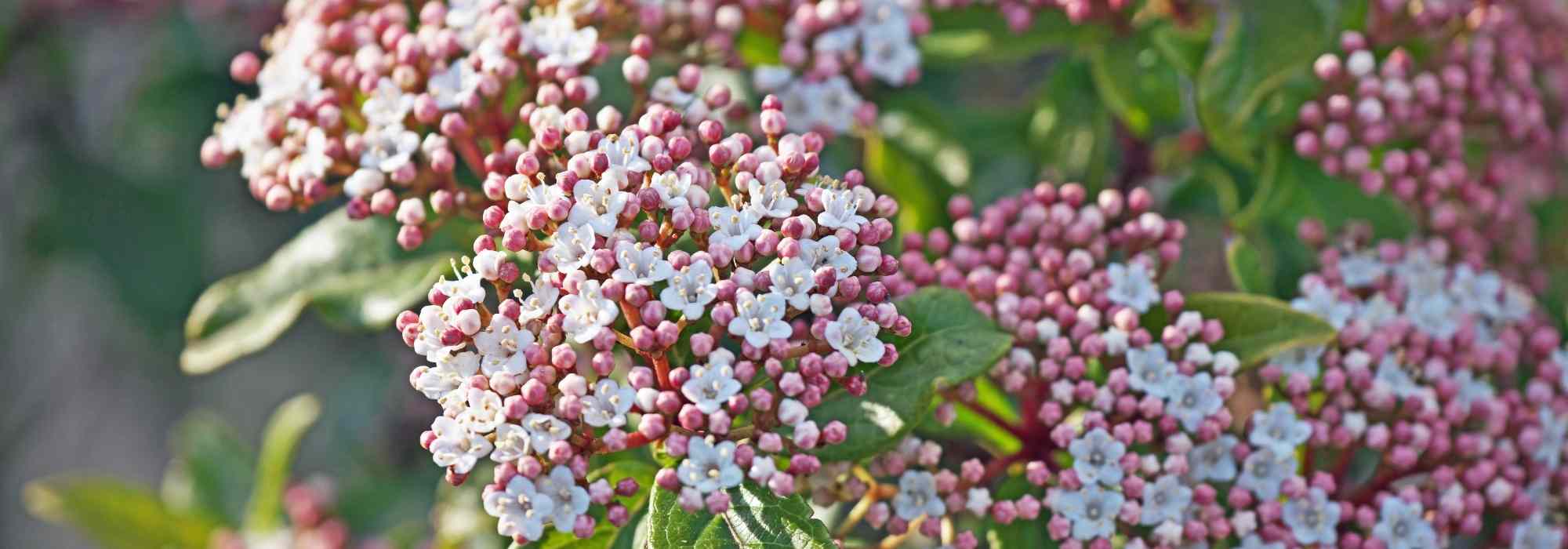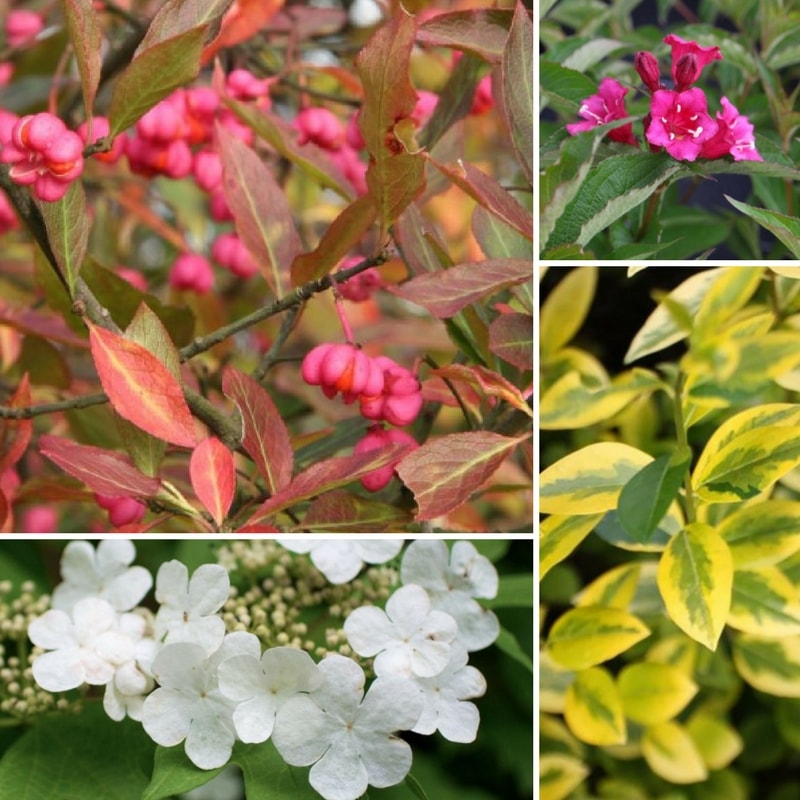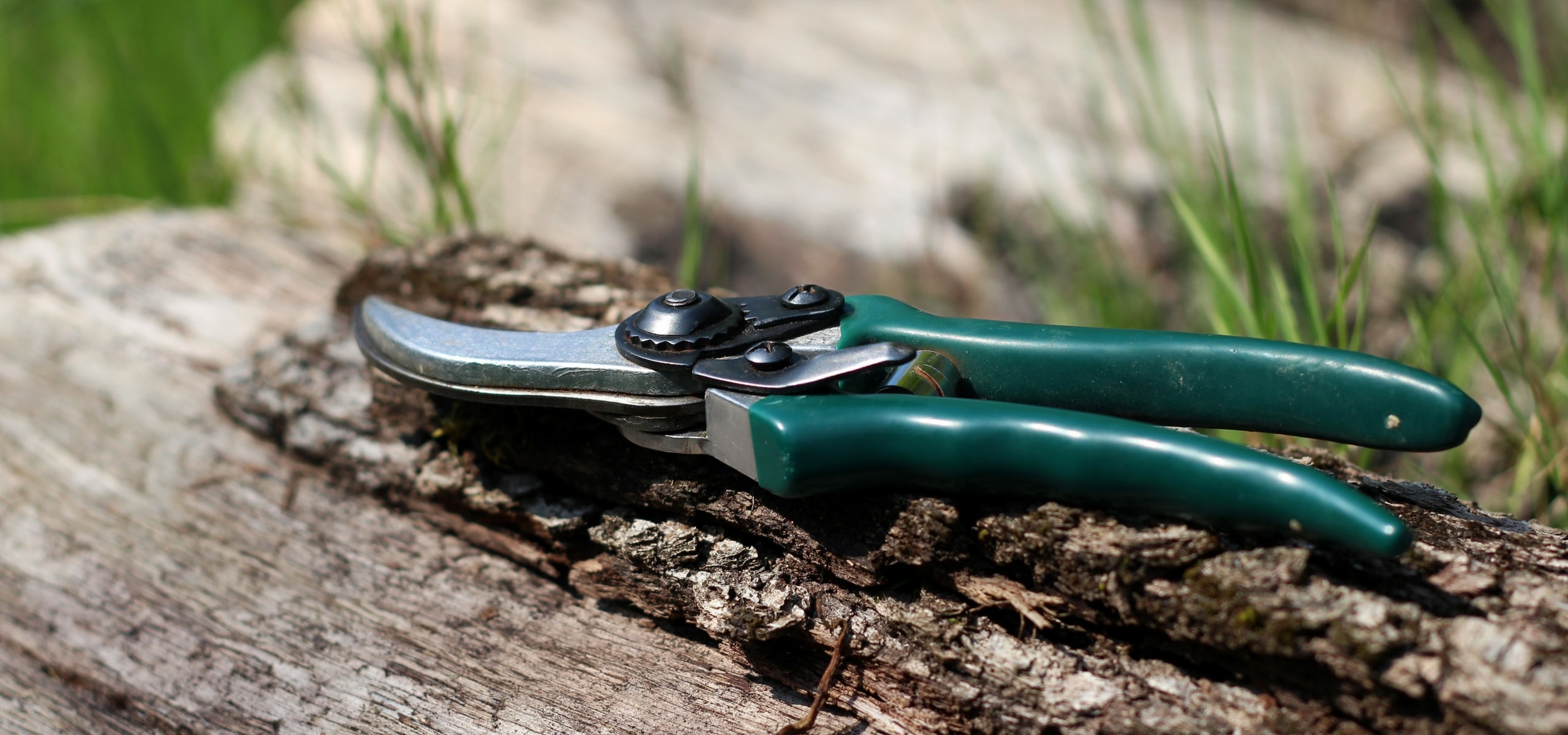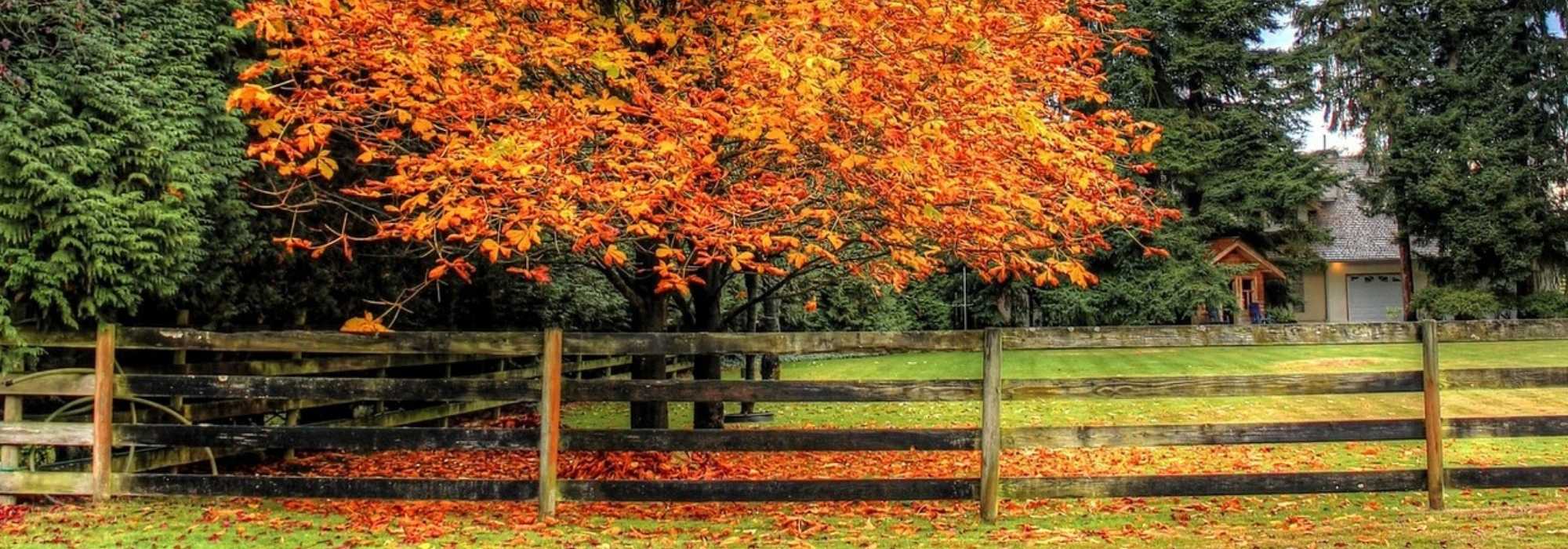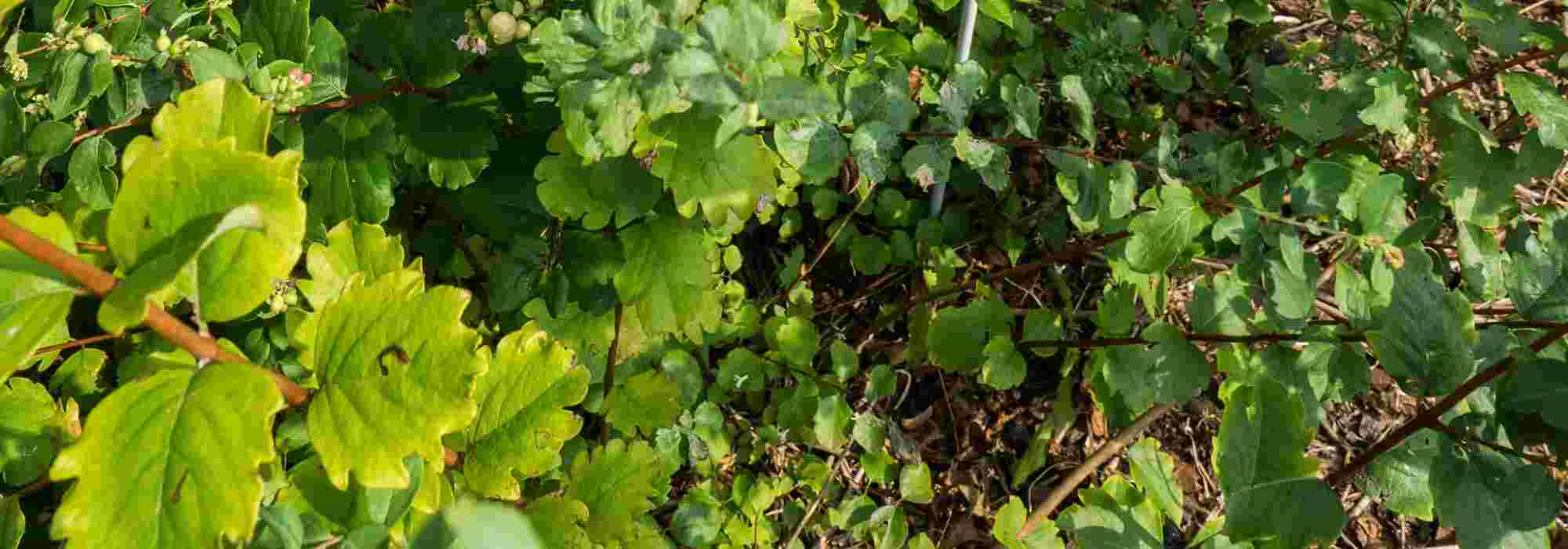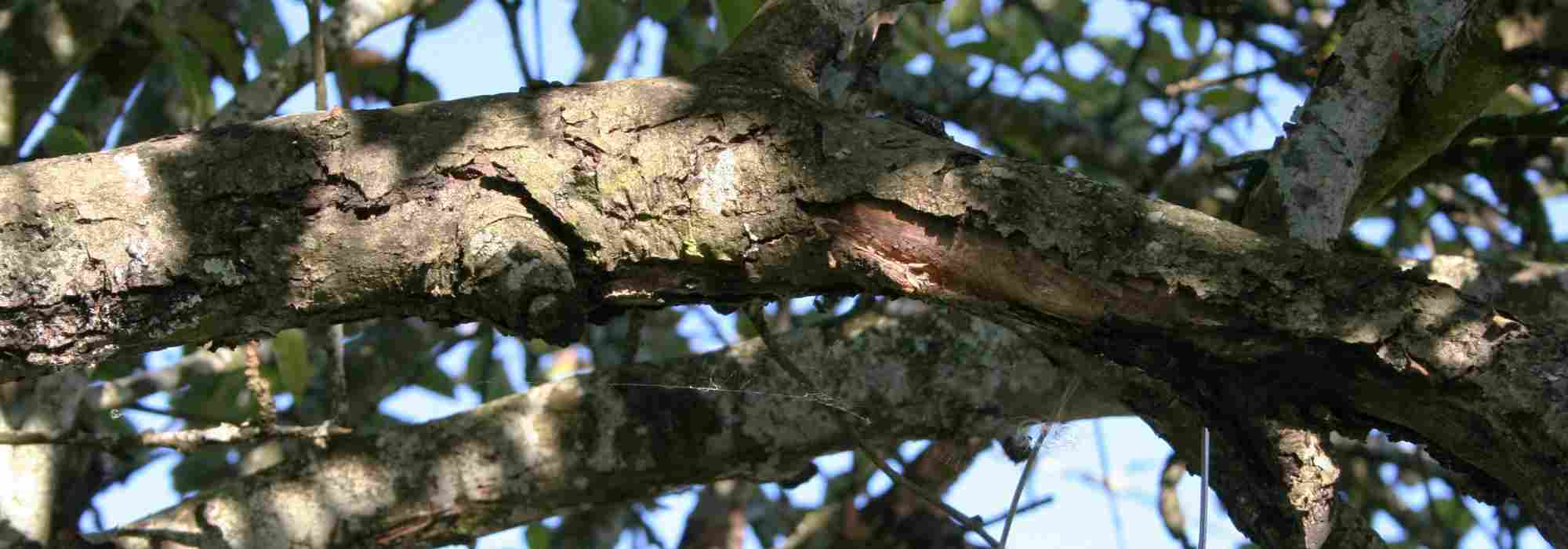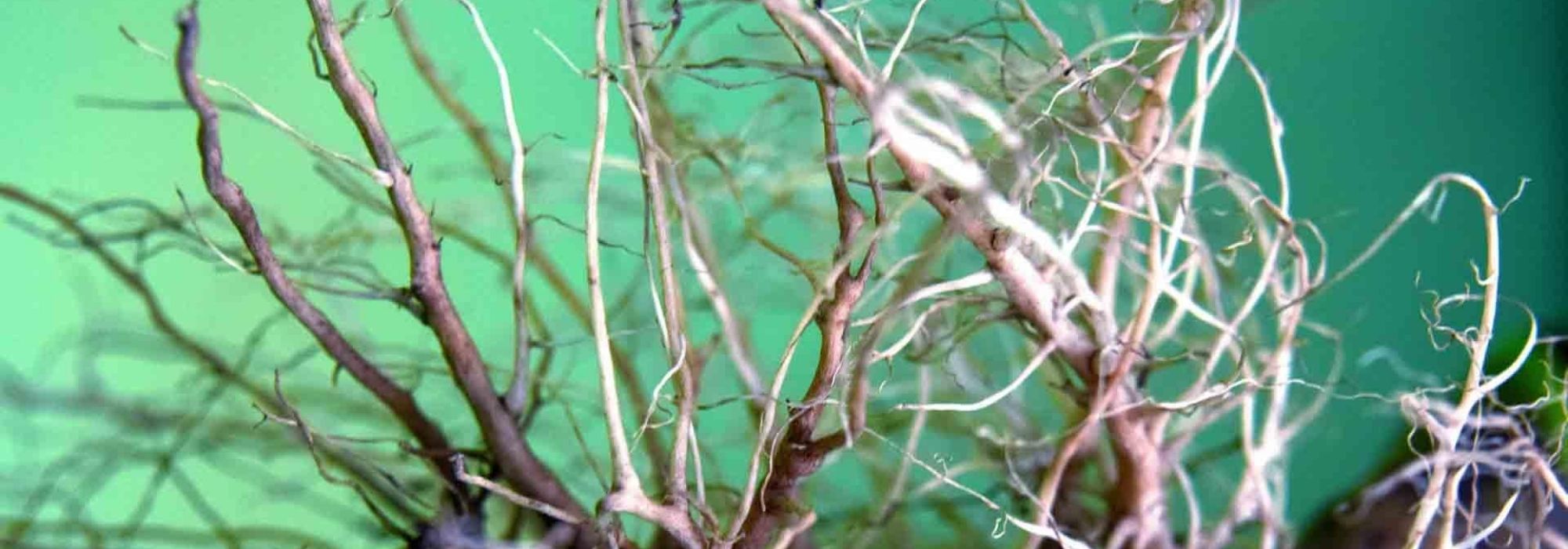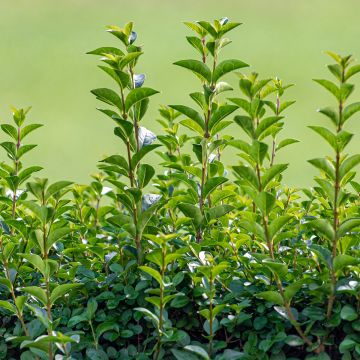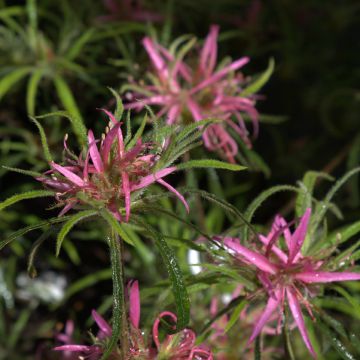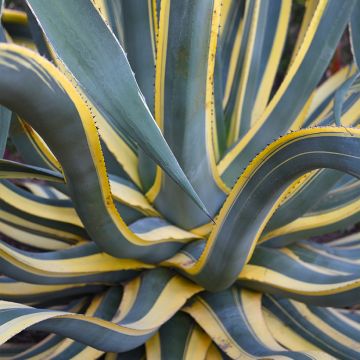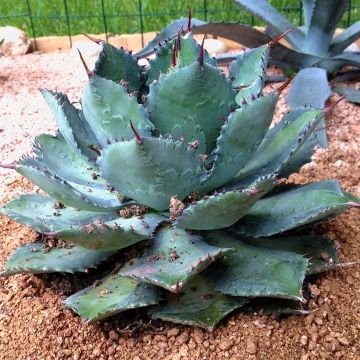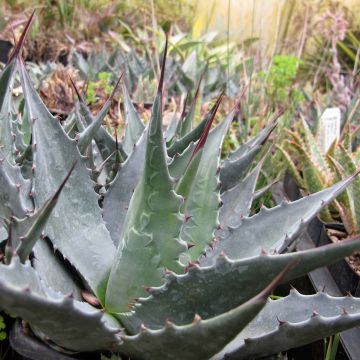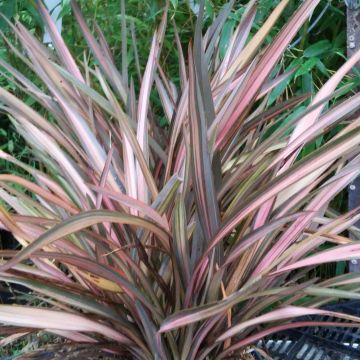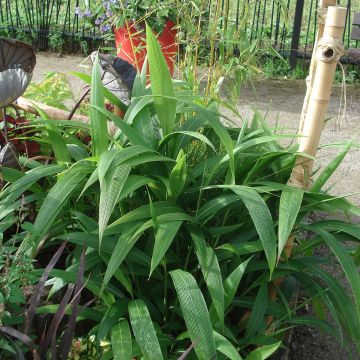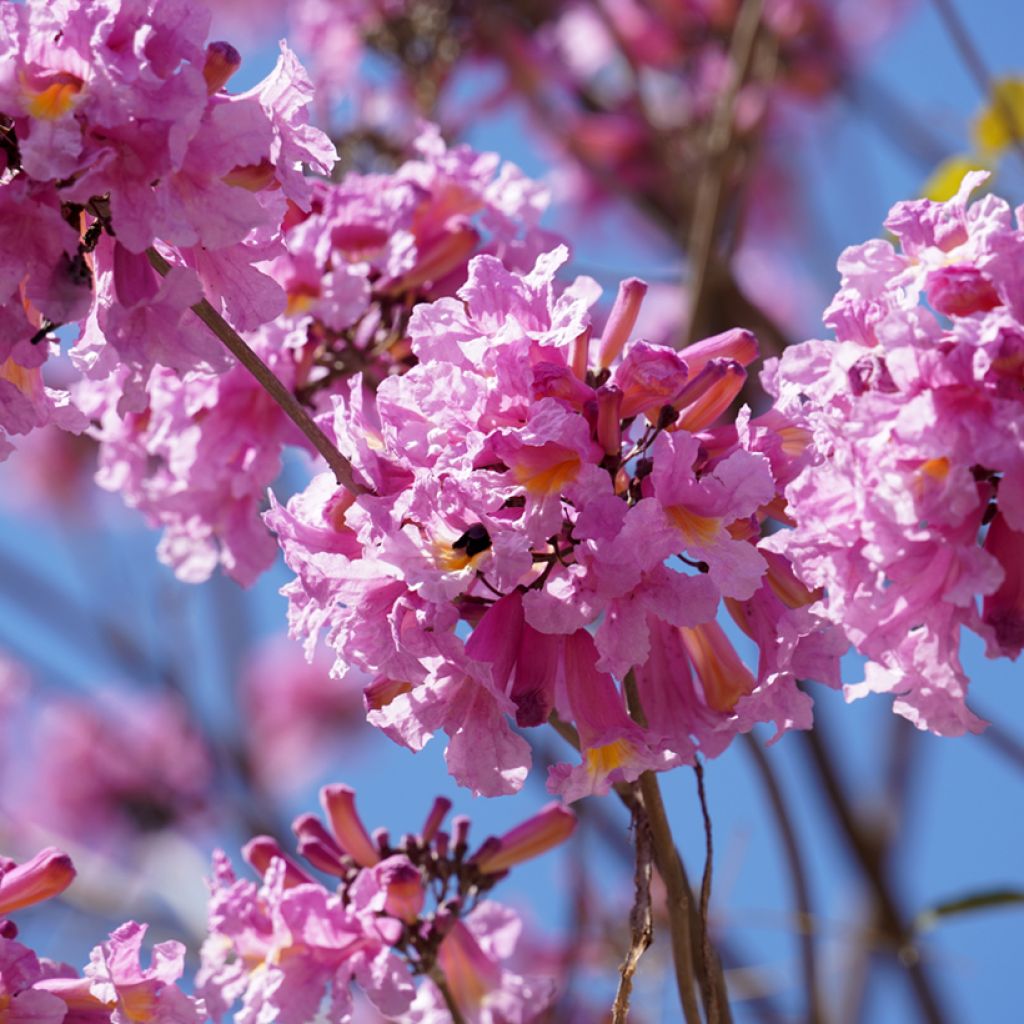

Tabebuia impetiginosa - Pink trumpet tree
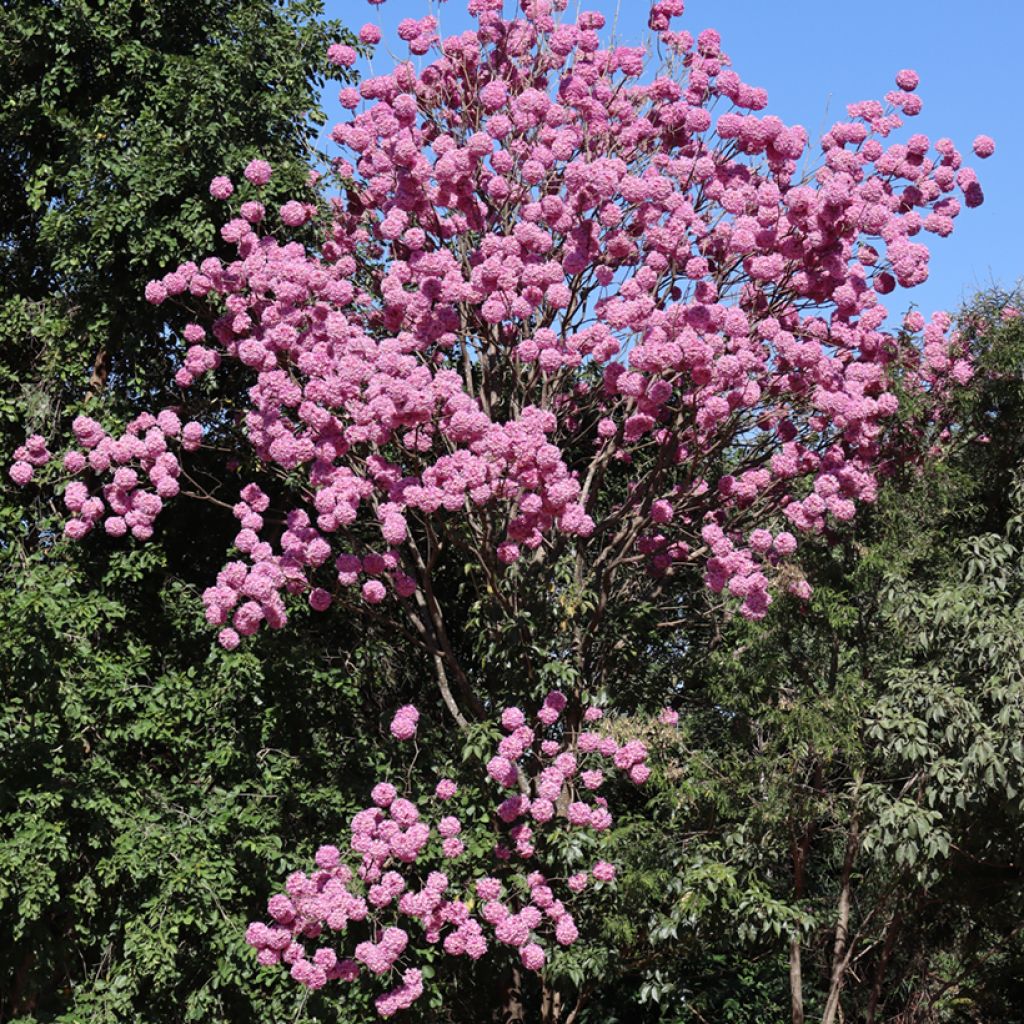

Tabebuia impetiginosa - Pink trumpet tree
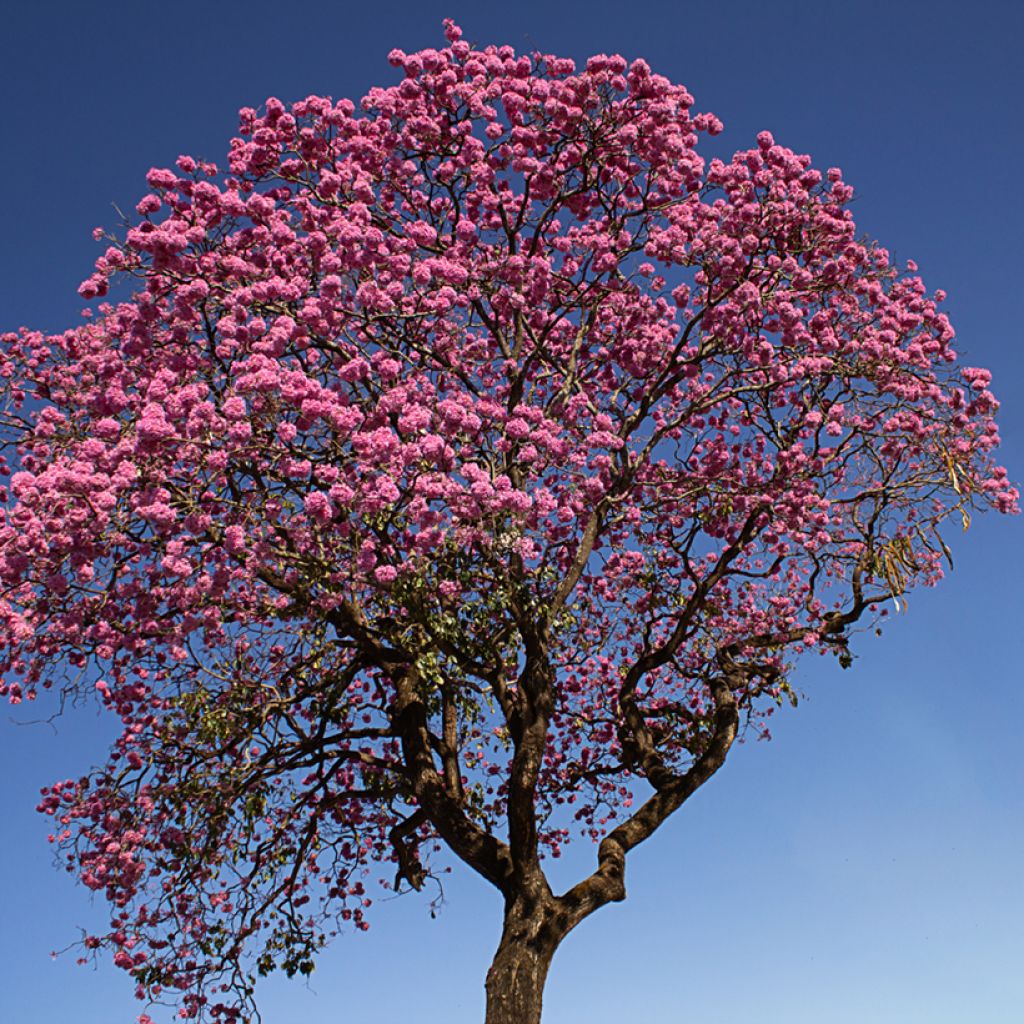

Tabebuia impetiginosa - Pink trumpet tree
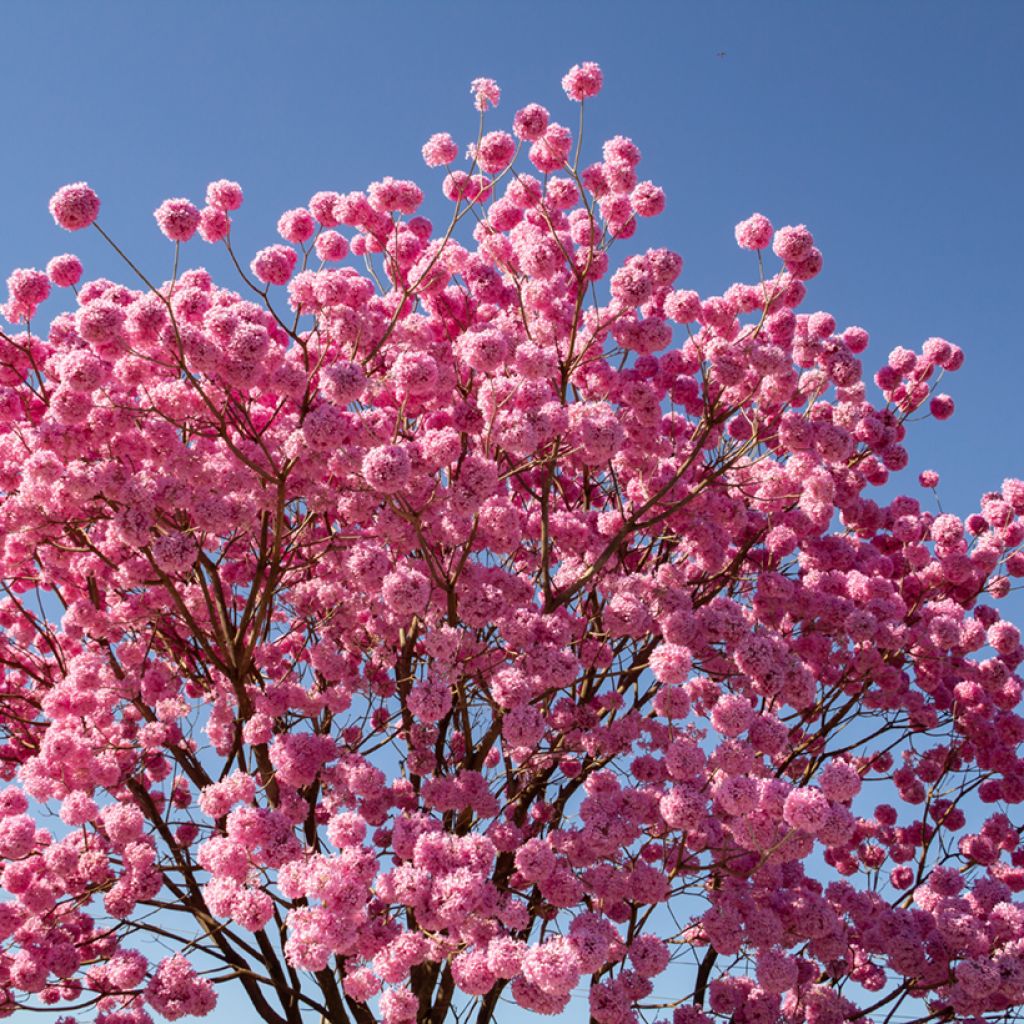

Tabebuia impetiginosa - Pink trumpet tree
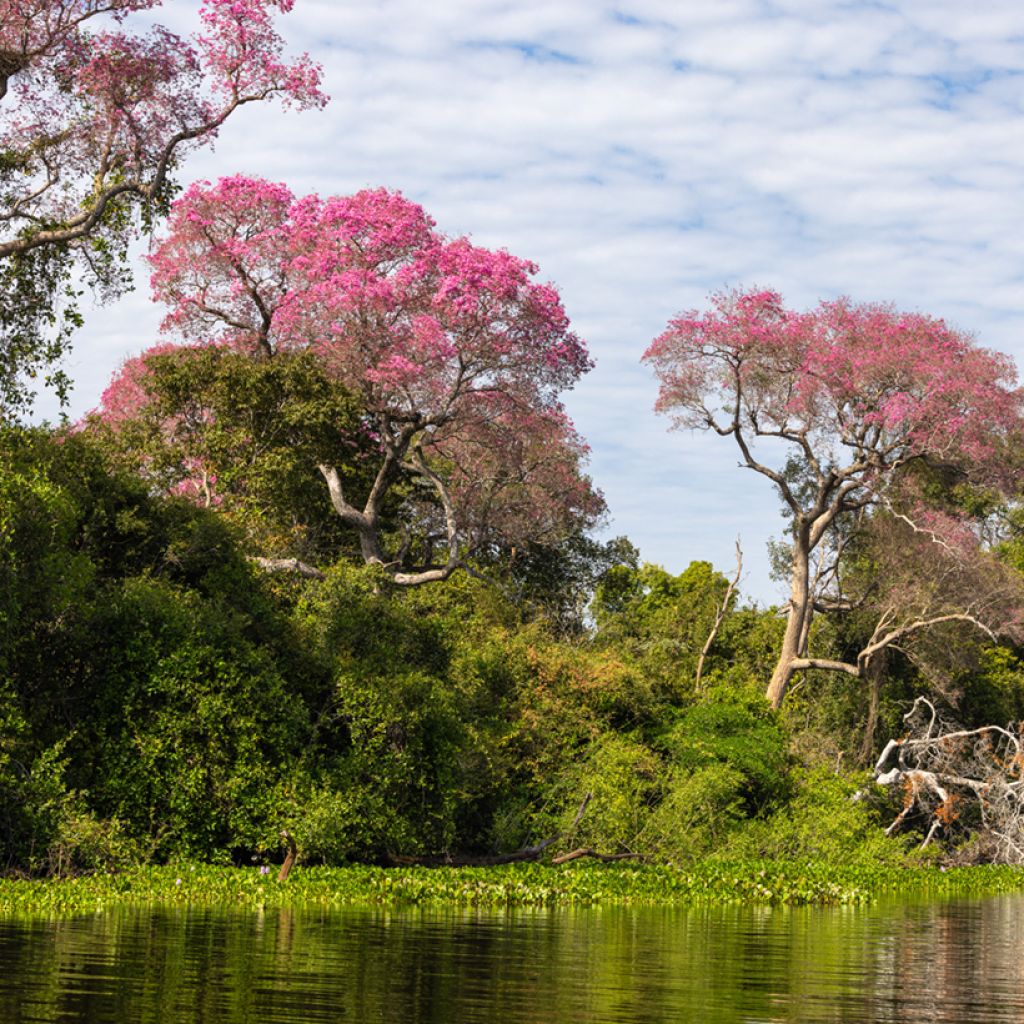

Tabebuia impetiginosa - Pink trumpet tree
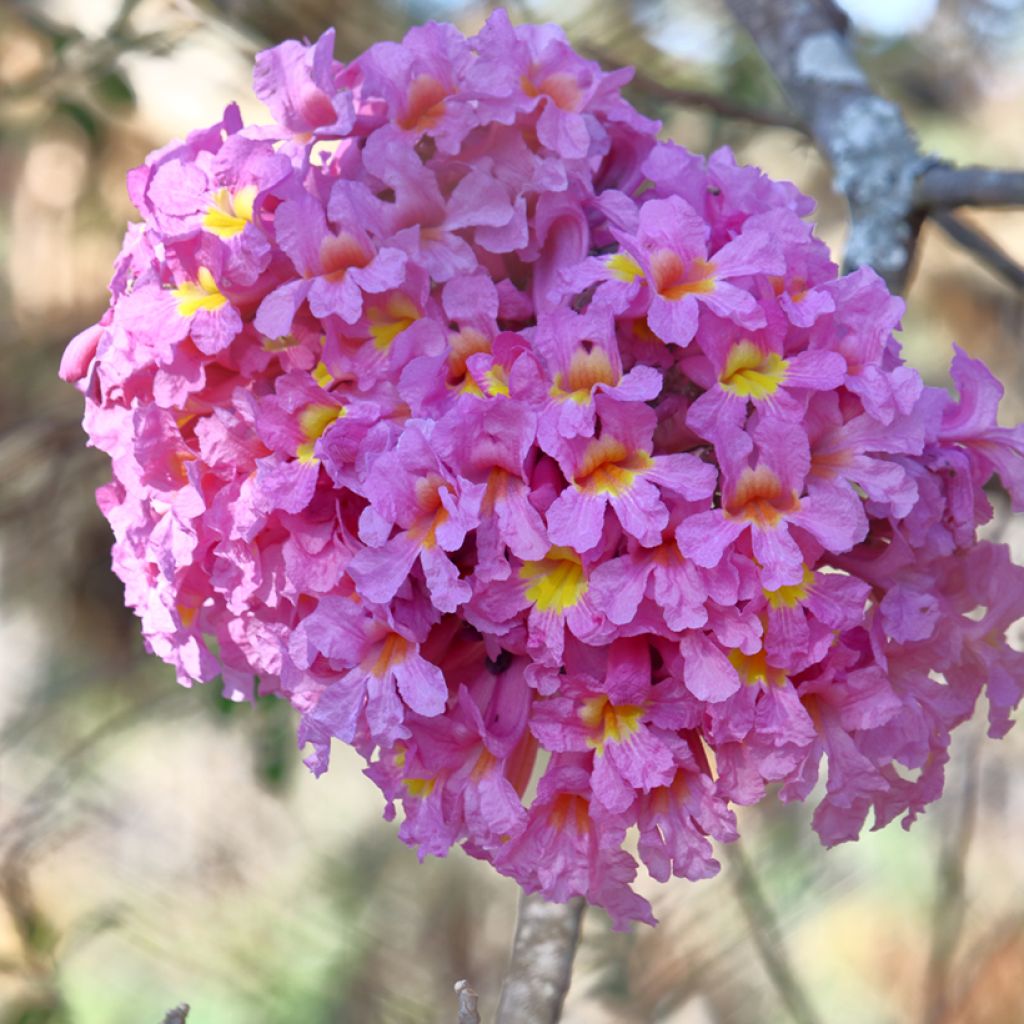

Tabebuia impetiginosa - Pink trumpet tree
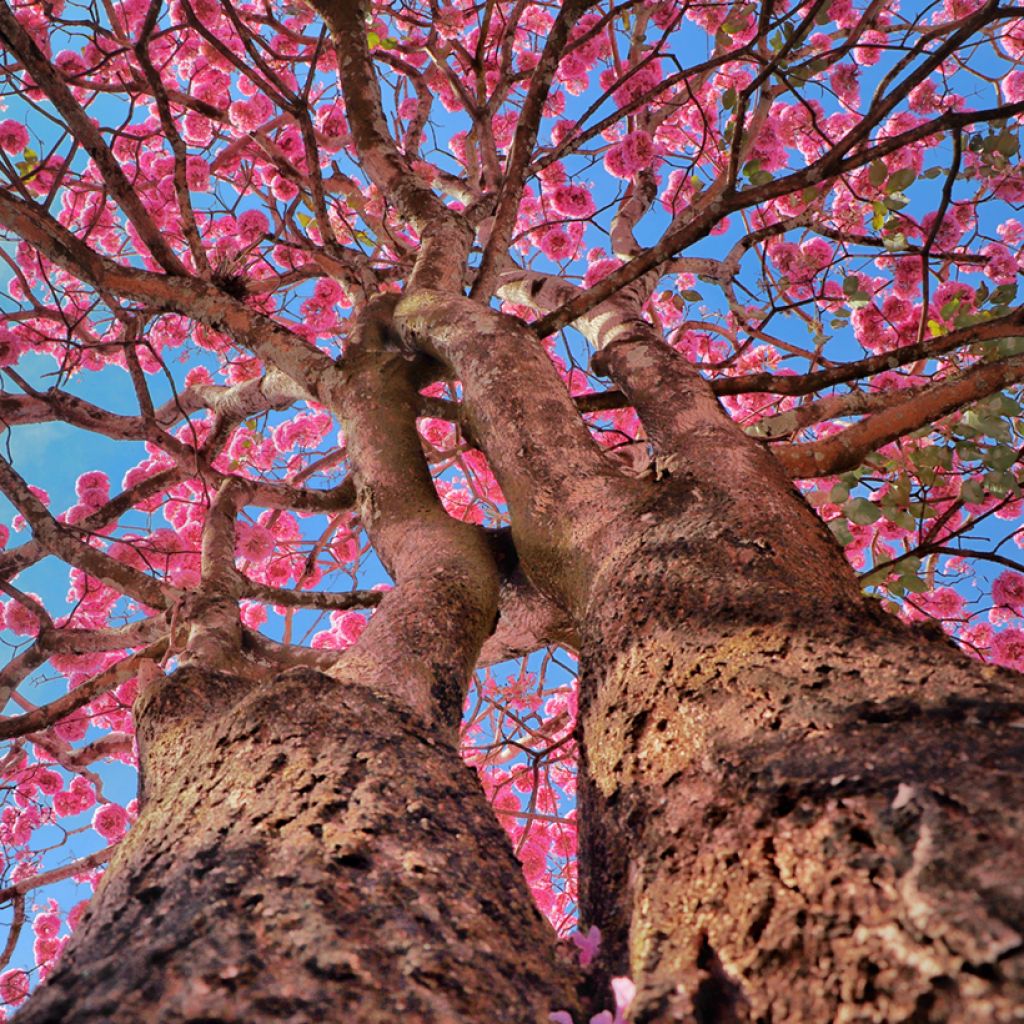

Tabebuia impetiginosa - Pink trumpet tree
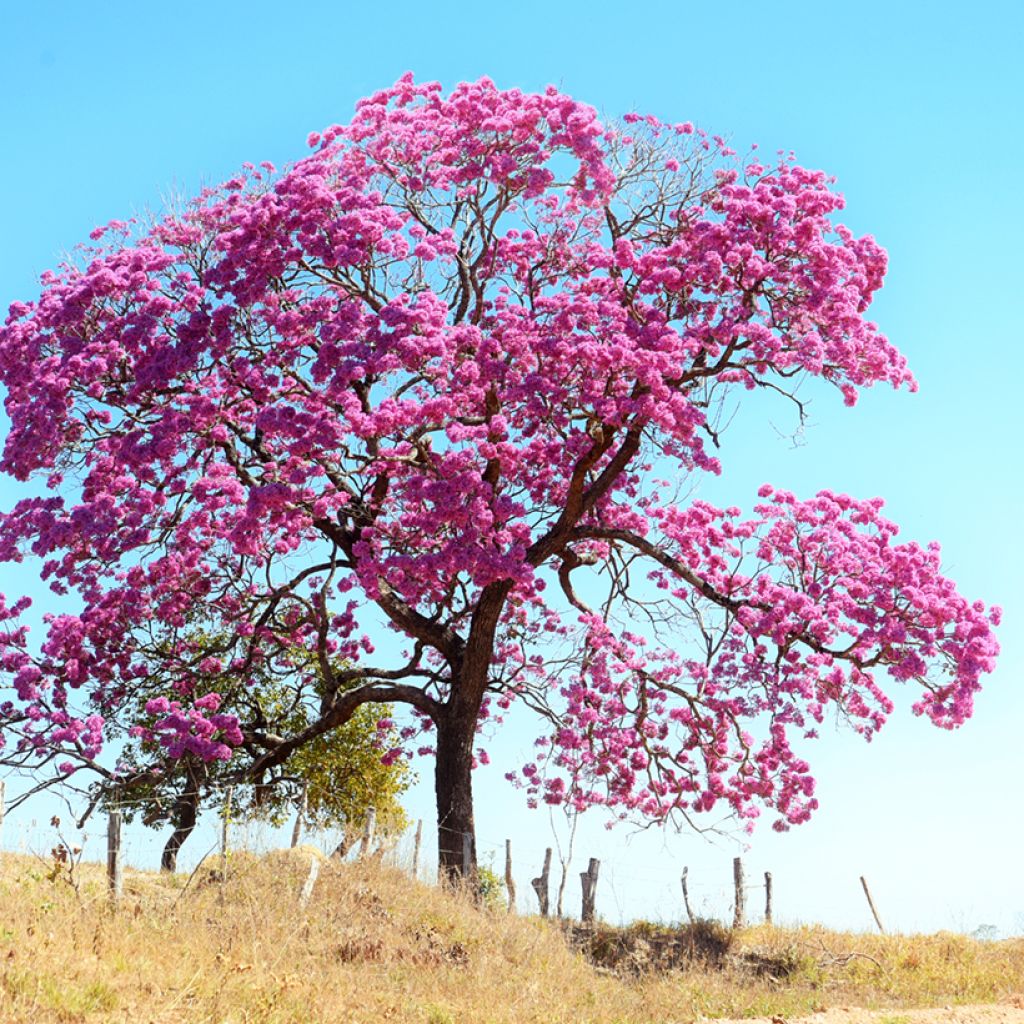

Tabebuia impetiginosa - Pink trumpet tree
Tabebuia impetiginosa - Pink trumpet tree
Tabebuia impetiginosa
Pink ipê, pink lapacho, pink trumpet tree, macuelizo enano
Special offer!
Receive a €20 voucher for any order over €90 (excluding delivery costs, credit notes, and plastic-free options)!
1- Add your favorite plants to your cart.
2- Once you have reached €90, confirm your order (you can even choose the delivery date!).
3- As soon as your order is shipped, you will receive an email containing your voucher code, valid for 3 months (90 days).
Your voucher is unique and can only be used once, for any order with a minimum value of €20, excluding delivery costs.
Can be combined with other current offers, non-divisible and non-refundable.
Why not try an alternative variety in stock?
View all →This plant carries a 24 months recovery warranty
More information
We guarantee the quality of our plants for a full growing cycle, and will replace at our expense any plant that fails to recover under normal climatic and planting conditions.
Does this plant fit my garden?
Set up your Plantfit profile →
Description
Tabebuia impetiginosa, the Lapacho, also bears the evocative nickname of the Sacred Tree of the Incas. In South America, it is a majestic tree whose massive pink flowering illuminates the landscape at the end of winter, often before its foliage appears. A symbol of beauty and resilience, a lover of sun and warmth, it can be acclimatised in open ground along the Mediterranean coast. Elsewhere, it can be attempted in a large pot, although it is more challenging to get it to flower there. It should be placed on the terrace during summer, then moved to a greenhouse or conservatory in winter.
Tabebuia impetiginosa, also known as the Lapacho, Sacred Tree of the Incas or Ipe, belongs to the Bignoniaceae family. It is a cousin of Jacaranda mimosifolia. Native to Latin America, its natural range extends from Mexico to northern Argentina, passing through countries such as Brazil, Paraguay, Bolivia, and Peru. It is mainly found in tropical and subtropical forests, particularly in the Amazon rainforest, where it prefers sunny and well-drained sites. This tree thrives in warm climates, with or without a dry season, where the average annual temperature ranges between 20 and 25°C. It tolerates extremes from -4°C to 40°C. It adapts to various soil types, whether clay, loam, or sandy, provided they are well-drained and not too poor. Tabebuia impetiginosa is an upright tree that develops a rounded and spreading crown. At 10 years old, in open ground, it typically reaches a height of 4 to 6 m with a spread of 3 to 4 m. At maturity, in South America, it can reach heights of 15 to 20 m, with a spread of 10 to 15 m. Its growth is moderate, taking several years to reach its full size. When grown in a pot, its dimensions remain much more modest: between 2 and 3 m in height, depending on the container size and growing conditions. The leaves are palmate and compound, usually consisting of 5 elliptical leaflets measuring between 5 and 13 cm in length and 2.5 to 5 cm in width. They are dark green with slightly toothed margins. The tree is semi-evergreen, losing some of its foliage during the dry season or just before flowering. The flowers, which are the main attraction of this tree, are tubular and measure 7.5 to 10 cm in length with a diameter of 3.5 cm. They are pink to violet with an orange-yellow throat. The flowers cluster in dense terminal panicles, which can contain up to 75 flowers. Flowering most often occurs between March and late May, often before the new foliage appears, but it can also occur in autumn, depending on the climate. After flowering, the tree produces brown, hairy pods measuring between 15 and 30 cm in length. These pods persist on the tree during winter and contain winged seeds that are dispersed by the wind. The bark of Tabebuia impetiginosa is rough and has a brownish hue with longitudinal fissures. Its stems are robust, supporting the weight of the flowers and fruits. The root system of this tree is quite deep, giving it good stability and some drought tolerance once established.
Very similar in temperament to the Blue Flamboyant, the Lapacho can rival it in beauty, but in pink. However, it is even more sensitive to cold. It needs mild winters and spring humidity to allow it to thrive. It deserves a spot as a standalone feature in a large, sheltered garden. Outside these regions, it is essential to bring the Lapacho indoors in winter as soon as temperatures drop below 5°C. Place it in a conservatory, cold greenhouse, or bright room, where it can continue its dormancy without suffering frost. A drop in temperatures to around 10°C in winter encourages beautiful flowering in spring. In spring and summer, full sun exposure is essential for good growth.
Report an error about the product description
Tabebuia impetiginosa - Pink trumpet tree in pictures
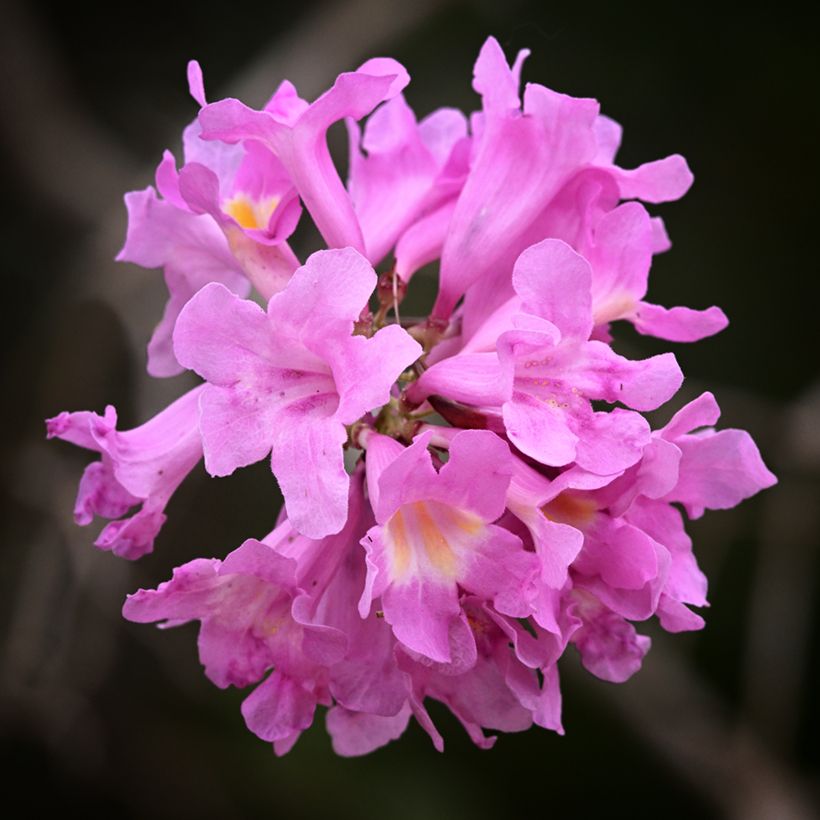

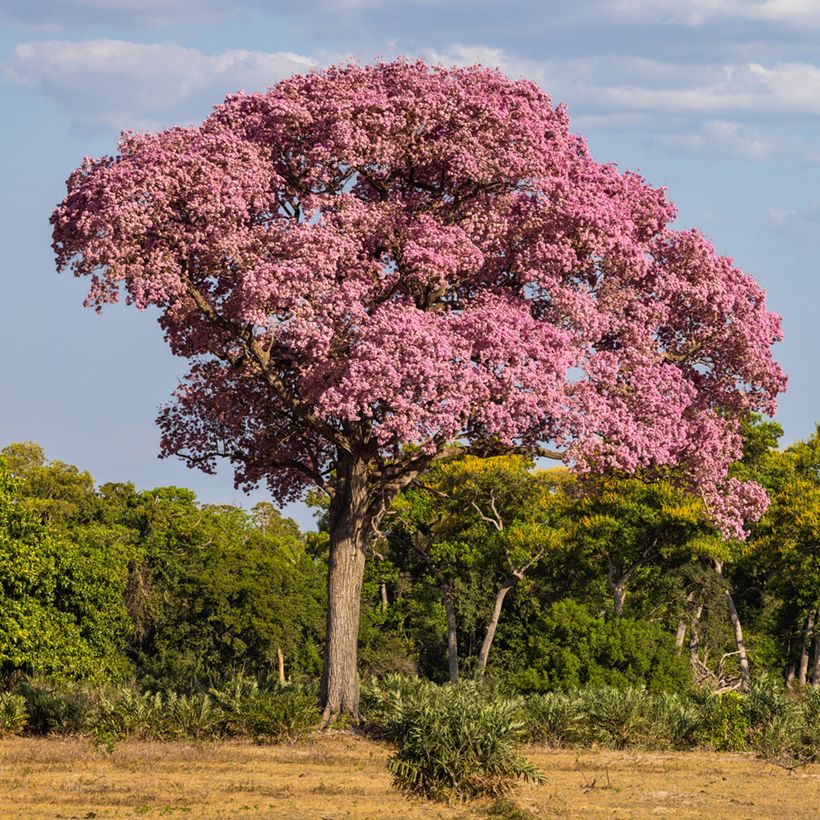

Plant habit
Flowering
Foliage
Botanical data
Tabebuia
impetiginosa
Bignoniaceae
Pink ipê, pink lapacho, pink trumpet tree, macuelizo enano
Handroanthus impetiginosus, Tabebuia avellanedae, Tecoma impetiginosa, Tabebuia palmeri, Tabebuia impetiginosa
South America
Other Shrubs A to Z
View all →Planting and care
Tabebuia impetiginosa should be planted in spring, after the last frosts. Planting in the ground is only recommended for the mildest areas of the Mediterranean coast, as it dies below -4°C. Young plants must be protected from frost in a temperate greenhouse until they develop wood. This tree requires a very sunny position, as well as a loose and deep soil, with a slightly acidic to slightly alkaline pH, well-drained. Once well-rooted, it tolerates summer drought fairly well. Water regularly to help the plant establish itself. Thereafter, water as needed from February-March until June.
In containers, choose a large pot with drainage holes at the bottom (at least 50 cm in diameter and depth) to accommodate the development of its root system. The substrate should be very free-draining, composed of a mix of light compost, coarse sand and perlite, with a drainage layer at the bottom of the pot (clay pebbles or gravel). Water moderately, allowing the substrate to dry slightly between waterings to avoid excess moisture, to which the tree is sensitive.
Pests and diseases:
Aphids on young shoots, mites, particularly red spider mites, which colonise the foliage when the air is too dry (in greenhouses or conservatories). The foliage may be susceptible to fungal diseases in confined conditions. Controlled watering, good ventilation and regular monitoring help prevent most of these problems.
Planting period
Intended location
Care
Planting & care advice
This item has not been reviewed yet - be the first to leave a review about it.
Similar products
Haven't found what you were looking for?
Hardiness is the lowest winter temperature a plant can endure without suffering serious damage or even dying. However, hardiness is affected by location (a sheltered area, such as a patio), protection (winter cover) and soil type (hardiness is improved by well-drained soil).

Photo Sharing Terms & Conditions
In order to encourage gardeners to interact and share their experiences, Promesse de fleurs offers various media enabling content to be uploaded onto its Site - in particular via the ‘Photo sharing’ module.
The User agrees to refrain from:
- Posting any content that is illegal, prejudicial, insulting, racist, inciteful to hatred, revisionist, contrary to public decency, that infringes on privacy or on the privacy rights of third parties, in particular the publicity rights of persons and goods, intellectual property rights, or the right to privacy.
- Submitting content on behalf of a third party;
- Impersonate the identity of a third party and/or publish any personal information about a third party;
In general, the User undertakes to refrain from any unethical behaviour.
All Content (in particular text, comments, files, images, photos, videos, creative works, etc.), which may be subject to property or intellectual property rights, image or other private rights, shall remain the property of the User, subject to the limited rights granted by the terms of the licence granted by Promesse de fleurs as stated below. Users are at liberty to publish or not to publish such Content on the Site, notably via the ‘Photo Sharing’ facility, and accept that this Content shall be made public and freely accessible, notably on the Internet.
Users further acknowledge, undertake to have ,and guarantee that they hold all necessary rights and permissions to publish such material on the Site, in particular with regard to the legislation in force pertaining to any privacy, property, intellectual property, image, or contractual rights, or rights of any other nature. By publishing such Content on the Site, Users acknowledge accepting full liability as publishers of the Content within the meaning of the law, and grant Promesse de fleurs, free of charge, an inclusive, worldwide licence for the said Content for the entire duration of its publication, including all reproduction, representation, up/downloading, displaying, performing, transmission, and storage rights.
Users also grant permission for their name to be linked to the Content and accept that this link may not always be made available.
By engaging in posting material, Users consent to their Content becoming automatically accessible on the Internet, in particular on other sites and/or blogs and/or web pages of the Promesse de fleurs site, including in particular social pages and the Promesse de fleurs catalogue.
Users may secure the removal of entrusted content free of charge by issuing a simple request via our contact form.
The flowering period indicated on our website applies to countries and regions located in USDA zone 8 (France, the United Kingdom, Ireland, the Netherlands, etc.)
It will vary according to where you live:
- In zones 9 to 10 (Italy, Spain, Greece, etc.), flowering will occur about 2 to 4 weeks earlier.
- In zones 6 to 7 (Germany, Poland, Slovenia, and lower mountainous regions), flowering will be delayed by 2 to 3 weeks.
- In zone 5 (Central Europe, Scandinavia), blooming will be delayed by 3 to 5 weeks.
In temperate climates, pruning of spring-flowering shrubs (forsythia, spireas, etc.) should be done just after flowering.
Pruning of summer-flowering shrubs (Indian Lilac, Perovskia, etc.) can be done in winter or spring.
In cold regions as well as with frost-sensitive plants, avoid pruning too early when severe frosts may still occur.
The planting period indicated on our website applies to countries and regions located in USDA zone 8 (France, United Kingdom, Ireland, Netherlands).
It will vary according to where you live:
- In Mediterranean zones (Marseille, Madrid, Milan, etc.), autumn and winter are the best planting periods.
- In continental zones (Strasbourg, Munich, Vienna, etc.), delay planting by 2 to 3 weeks in spring and bring it forward by 2 to 4 weeks in autumn.
- In mountainous regions (the Alps, Pyrenees, Carpathians, etc.), it is best to plant in late spring (May-June) or late summer (August-September).
The harvesting period indicated on our website applies to countries and regions in USDA zone 8 (France, England, Ireland, the Netherlands).
In colder areas (Scandinavia, Poland, Austria...) fruit and vegetable harvests are likely to be delayed by 3-4 weeks.
In warmer areas (Italy, Spain, Greece, etc.), harvesting will probably take place earlier, depending on weather conditions.
The sowing periods indicated on our website apply to countries and regions within USDA Zone 8 (France, UK, Ireland, Netherlands).
In colder areas (Scandinavia, Poland, Austria...), delay any outdoor sowing by 3-4 weeks, or sow under glass.
In warmer climes (Italy, Spain, Greece, etc.), bring outdoor sowing forward by a few weeks.






























